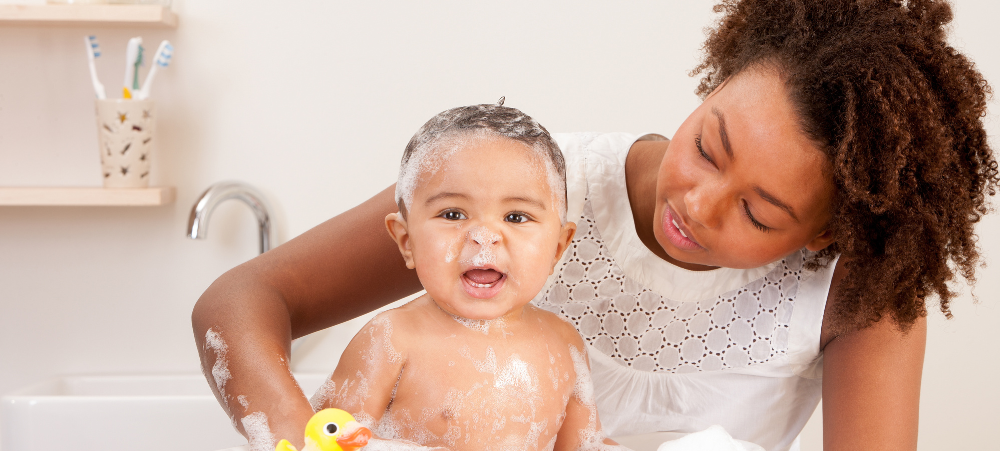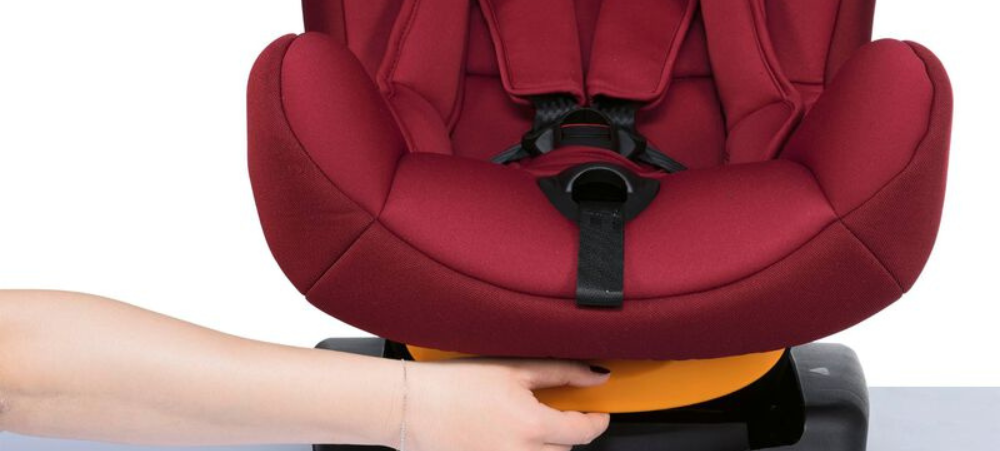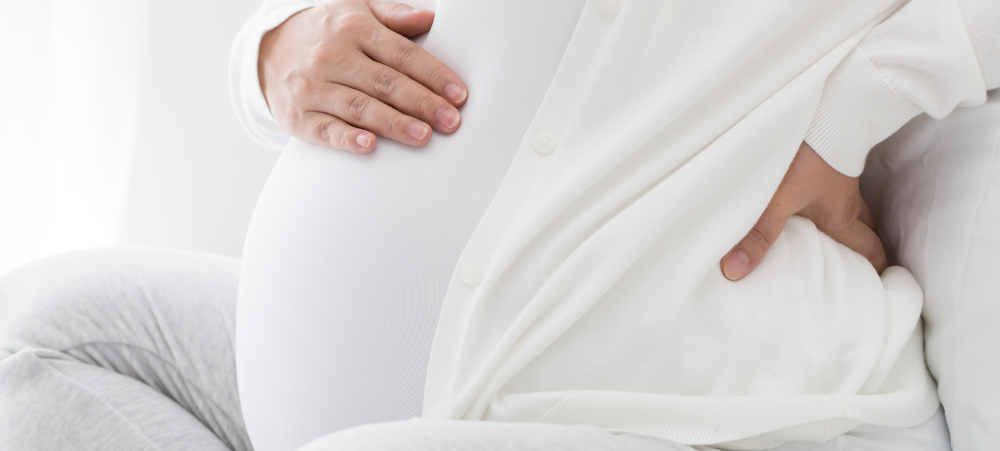Post-birth abdominal binding has been practiced by women for centuries. The main theory behind binding is to return a woman’s abdominal and pelvic region to its pre-pregnancy state as soon as possible after birth. Primarily through compression, binding aids in returning the internal abdominal and pelvic organs, muscle and skin to the pre-partum state. As well as reducing the abdominal bulge, binding aids in improved back and pelvic support, reduced back and pelvic pain, posture and balance correction, reduced C-section pain, increased circulation, abdominal muscle activation, reduced incontinence and gastrointestinal complications, as well as emotional and psychological support. After delivery it is a common misconception that the post-birth abdomen or stomach will be flat and look as it was before conception. During pregnancy the uterus stretches to a large size, as does the abdomen, surrounding musculature and skin, to accommodate the growth of the foetus and placenta, as well as increasing blood and fluid volumes. Once the baby and placenta have been delivered most often a large, protruding stomach still exists. During the first few days and weeks after birth the stomach will start to reduce in size as the organs revert to their correct orientation, the uterus contracts and the excess fluid is absorbed. Abdominal binding enhances this process through the compression of the abdomen, reducing the size of the bulge, as well as providing support for what feels like a very empty, loose, soft and enlarged stomach. The incidence of back and pelvic pain is high during pregnancy and may continue after birth. This is caused by the increasing weight of the abdomen, postural and balance changes, as well as the hormones produced that prepare the body for birth. The pregnant body secretes hormones which adapt the body to allow for the growing foetus and the impending delivery. Relaxin is a hormone secreted that softens the ligaments, tendons, cartilage, muscles and joints in the body which allows for the stretching of the pelvic joints and hips during delivery. Relaxin also relaxes the smooth muscle in the uterus to accommodate growth and expansion. In turn it influences the entire body causing cartilage and ligaments to soften, muscles to relax and joints therefore become more prone to injury and pain. Joints in the spine and pelvis become increasingly vulnerable to injury and pain as their stability is further compromised due to this effect of relaxin. Abdominal binding shortly after birth provides extra support to the back, pelvis and abdomen, alleviating these symptoms and preventing recurrence of back and pelvic pain after birth. Breastfeeding posture after birth may also contribute to backache as this is often not a posture that women are used to performing. It can lead to upper back, neck and shoulder pain and spasm throughout the spine musculature. Abdominal binding supports the back and leads to a more efficient, supported posture while breastfeeding. This reduces the pain felt during long periods of sustaining the feeding posture and the uncomfortable effects felt afterwards. Oxytocin, another hormone produced during pregnancy and birth, also encourages shrinking of the womb. During breastfeeding oxytocin is further released to contract the uterus and enables it to return to its normal size. These contractions can be strong and painful and binding helps reduce this pain due to the compressive, supportive force it offers. During pregnancy the body’s centre of gravity changes due to the changing weight distribution. The centre of gravity is basically the centre point where your body’s weight needs to be concentrated to achieve balance during every day movement. The pregnant body’s increasing weight as well as the ‘pulling forward’ of the heavy abdomen, causes postural changes. The back and pelvic region, as well as the lower limbs, need to accommodate to maintain effective posture and balance. This can lead to back, sacral and pelvic pain which are common complaints of pregnancy. Abdominal binding after birth corrects posture, reduces back pain and alleviates pressure on the pelvis and pelvic region. Through correct spinal alignment, effective balance is achieved much faster and the added abdominal support reduces the gravitational pull of the enlarged abdomen on the spine. This allows for optimal posture and balance and the return to normal function and exercise is hastened. Caesarean Section (C-section) is an increasingly common delivery method. C-section is invasive abdominal surgery and brings with it many more challenges than a natural delivery. The incision site is often largely painful and is in an area where constant movement takes place, as the abdominal muscles are active for almost every movement we make. C-section patients are encouraged to support the incision site with a pillow or their own arms when coughing, sneezing, laughing or doing any movement that will cause engagement of the abdominal muscles. The abdominal binder supports the incision by providing compression over the cut. When the abdominal muscles are activated the incision is supported by the binder, so the movements cause much less pain at the site of the cut. Normal activities and movements are made much easier and are less painful due to this compressive support. The sooner the binder is fitted to the C-section patient the faster pain relief is acquired and normal movement can return. The compressive effect of abdominal binding increases blood flow to the abdominal and pelvic areas. This improved circulation accelerates healing and repair to the internal organs and structures affected by pregnancy. Swelling and inflammation in the abdominal and pelvic areas are reduced due to the pressure of the binder. This increased circulation also has a positive influence on breast feeding, as more oxygen and nutrients can reach the breast tissue, enhancing lactation. Compression resulting in improved blood flow may reduce the incidence of blood clots forming in the abdominal and pelvic regions. During pregnancy the expanding uterus, abdominal and pelvic areas cause weakening of the abdominal muscles as they need to stretch to accommodate this growth. The hormone relaxin will also have a relaxing, lengthening effect on the muscles, adding to their weakness. The core abdominal muscles,































